IBM Hardware Boss: 10 Reasons We Will Succeed In 2009
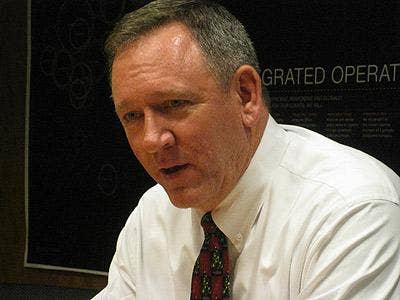
Robert Moffat Jr., IBM's hardware chief, says the company is positioned for success in the server marketplace in 2009 in the wake of a sweeping overhaul and restructuring of the $18 billion group. Here are 10 reasons why Moffat, the senior vice president and group executive of IBM's systems & technology group, is pumped up about 2009.
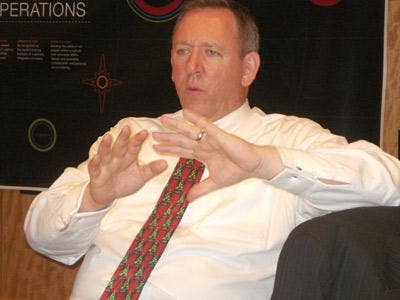
"With the channel we have been focused on three things: clarity, simplicity and growth, both from a revenue standpoint and profitability," says Moffat.
"So you will see that our whole incentive structure starting in January will be radically simplified. [IBM's efforts extended] to the point where these poor guys [who work for me and were revamping the plan] were sick of seeing me. I just said, 'Look guys, you need it to be simple enough that [partners] don't worry about that aspect of things.' They worry about going out and capturing the growth in the marketplace. It is an absolute sales plan. [Partners] start earning on day one with us. Dollar one they sell they will start earning money from the IBM Corporation from our incentive stack."
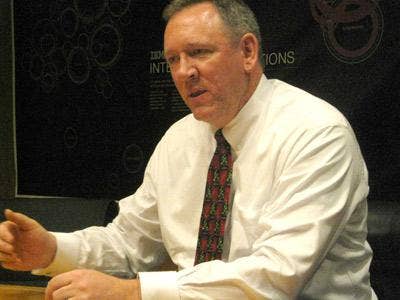
"We expect to set the infrastructure agenda for the marketplace," says Moffat. "That really is making our X systems, our Power systems and our Z systems the consolidation and virtualization platforms of the industry and really setting the agenda in the storage infrastructure place. That coupled with the types of things that we can do with our colleagues in the software business and the services business inside of IBM I think give us an incredible value proposition with the partners. [Combine that] with the changes we are making from a clarification, simplification, growth perspective and a commitment standpoint, I think people will see a different IBM."
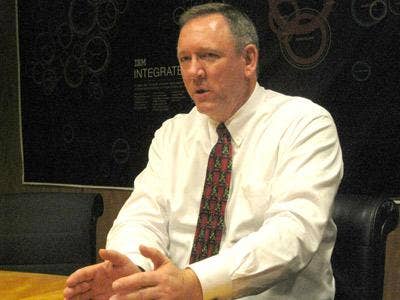
"With System X we screwed up some things [in the third quarter when the System X experienced an 18 percent drop in sales]. It is not a market phenomenon. It is not a channels phenomenon. It is an IBM phenomenon. We screwed some stuff up. We have gone through very detailed analysis of what it is and we have very concrete plans on how to go fix it."
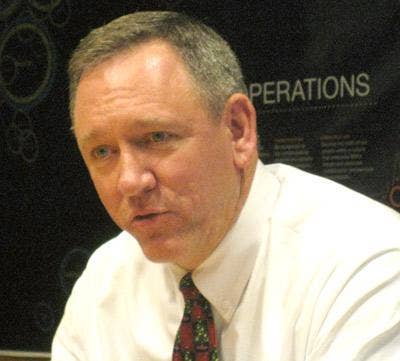
"There is close to $100 million [in additional funding from IBM restructuring cost savings] we are investing in go-to-market," said Moffat. "It is coverage of partners and IBM feet on the street is the simplest way to think about it. ... So you can expect that more of that money will go to growth markets, places that we expect to see substantial growth of the market vs. a major market."
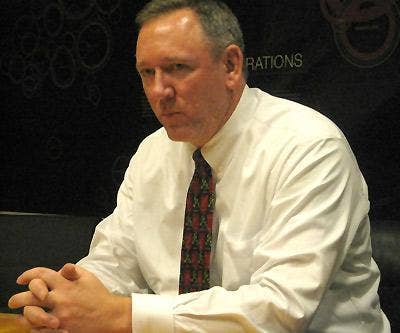
"There are people in the market that like to talk about things," says Moffat. "We are going to go do some things. We are going to let our results speak for themselves. I learned very early on as an athlete that you are never as good as your headlines and you never are as bad as your headlines. Those people that like to put themselves in the headlines I can tell you the fall down hurts. It always happens. No matter how good you are: You have your up years and your bad years."
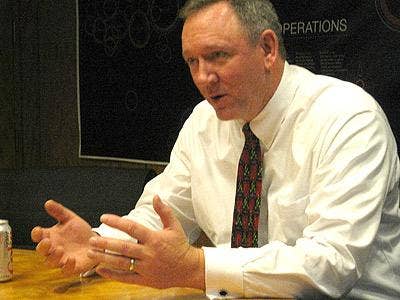
"I think the biggest change I have made was with the internal organization that got [us] to focus market-in vs. IBM-out. That manifested itself in the way that we were organized. It really is this whole thing of starting with the customer and coming back inside. When I came in I actually asked: 'Could you please send me all the programs, both channel programs and stuff for my salesmen?' I got a very large file and I read them all, probably the only person in the world that did, but I read every one. And after going out and talking to the partners I realized we really are too complex. People need to be able to sell something. I consider myself a pretty good salesman, pretty smart, definitely can read, and I couldn't take out of this stuff exactly what was the value proposition: what do I want these guys to sell, what is the call, what is the thing that opens the door."
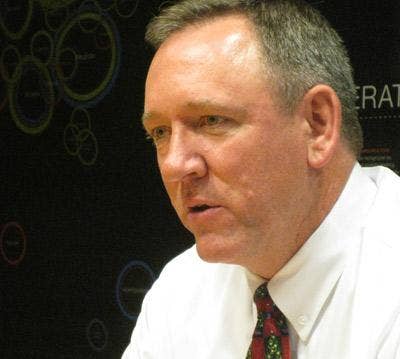
"To take midmarket and separate it has changed our behavior internally dramatically," says Moffat. "It is something we never did. What happens if you don't do that? Everybody gravitates to the large account. Come on, I can sell to one guy that is going to spend that much or somebody that is going to spend that little. Where are you going to go? Especially in tough economic times."
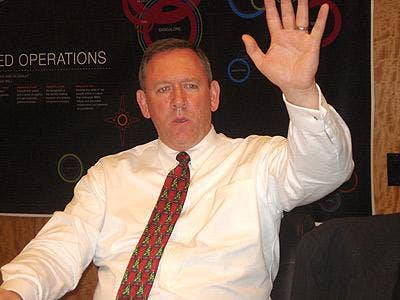
"You'll see us republish the business partner charter with a very explicit list that says these are IBM direct customers," says Moffat. "That is how the customers want to do business. Everybody not on the list is a channel customer. It doesn't say we are not going to have an IBM salesperson selling to them. But we are going to work with the channel to go drive business in that account. I would tell you I don't think a list is out there. One of the first things I did after [taking the job] was say, 'Show me the list,' and there was no list."
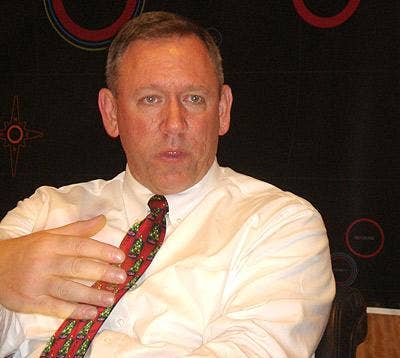
"People are going to drive consolidation and virtualization both in traditional systems and storage, and there is no better infrastructure to go do that than on IBM Z, our unified Power offerings, our high-end X and bades and our storage offerings. There is no one out there that understands the right technologies to go do that. There are people that believe you can do it all with Intel-based technology. The analogy I use is I play golf. I have got drivers. I have got irons and I have got a putter. So I use my driver at one place. I use my irons in a different place and I use my putter in another place."
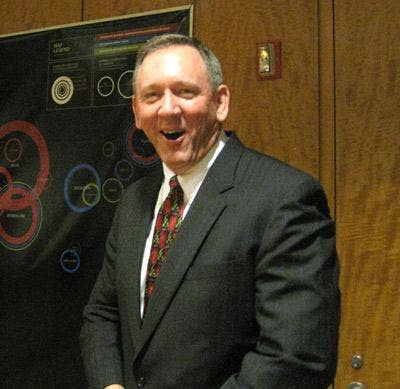
"We will have simple things like an opening day bell," says Moffat. "On the first day of the quarter, assuming it is a weekday, we will have a simple podcast that will come out and tell them [partners] about the play for the quarter. All the incentives will be delivered to the partners. Here are the plays we are running. And they won't be individual plays for storage, Z, P or X. Here are the plays we are running and the problems we are going to solve. The same podcast that will be heard by our salespeople will be heard by our partners. The same education enablement that we have available to our sales team will be available to our partners. The same specialization we are doing on our skills inside will be driven to our partners. The whole idea here is to make sure our partners can embrace us."